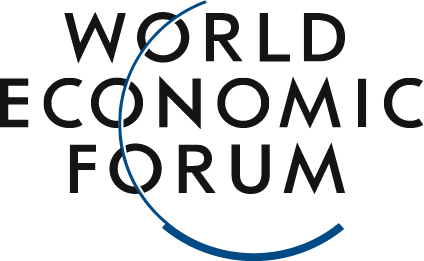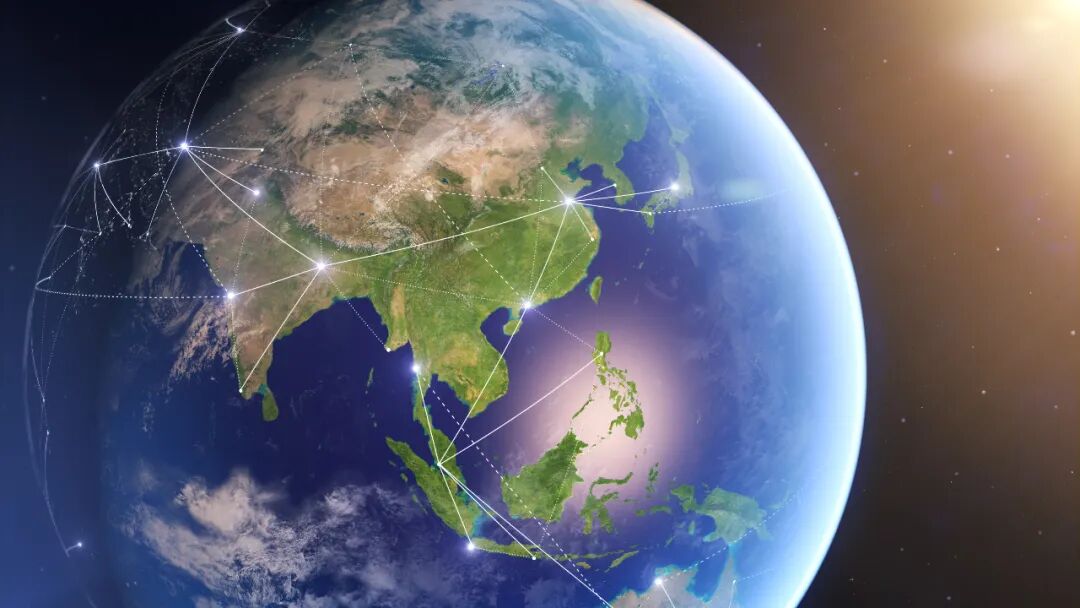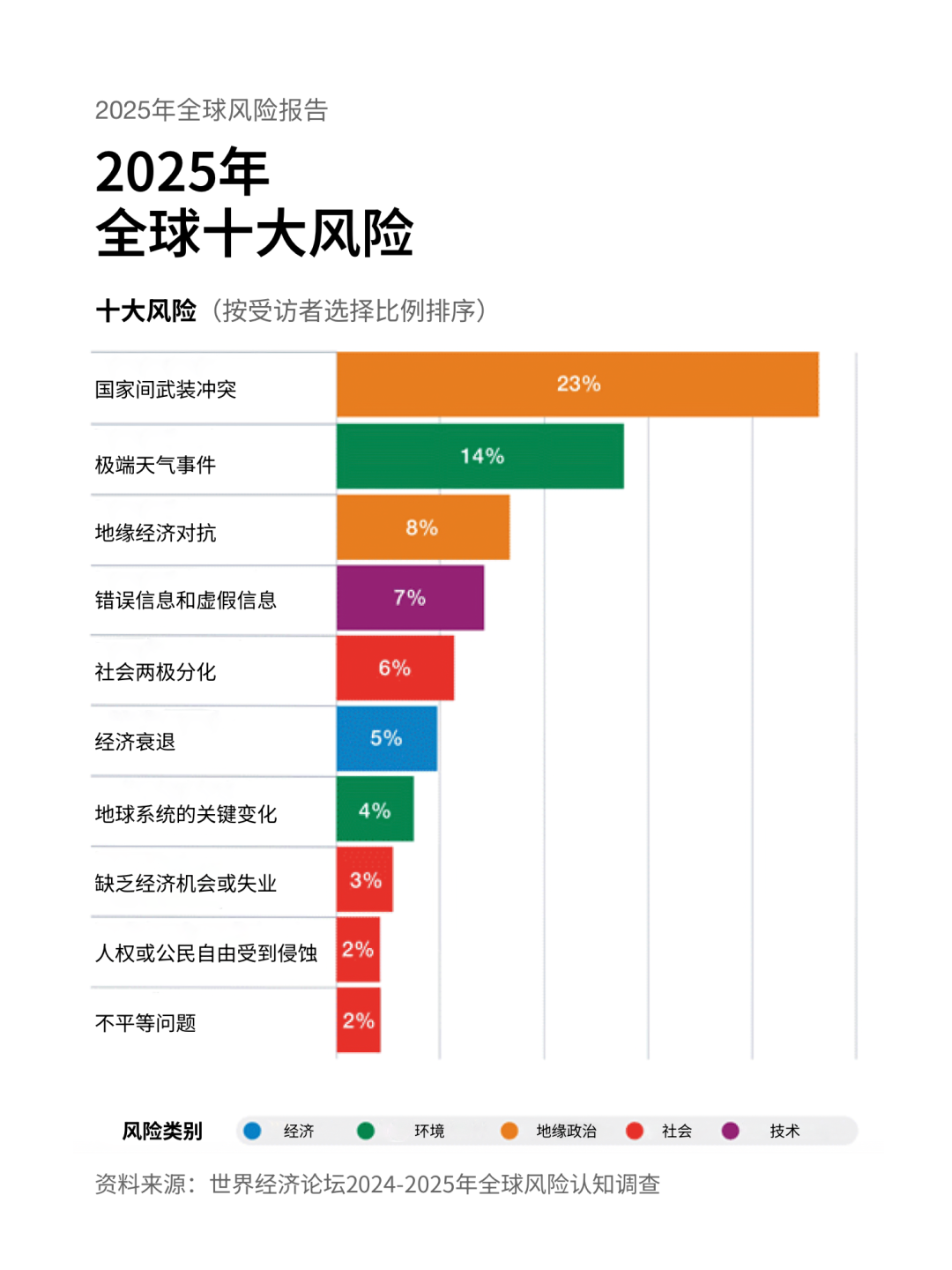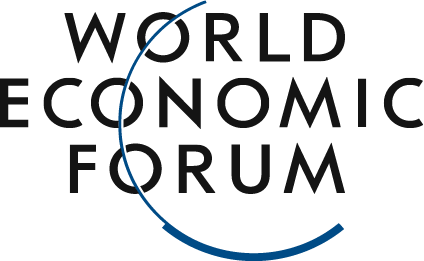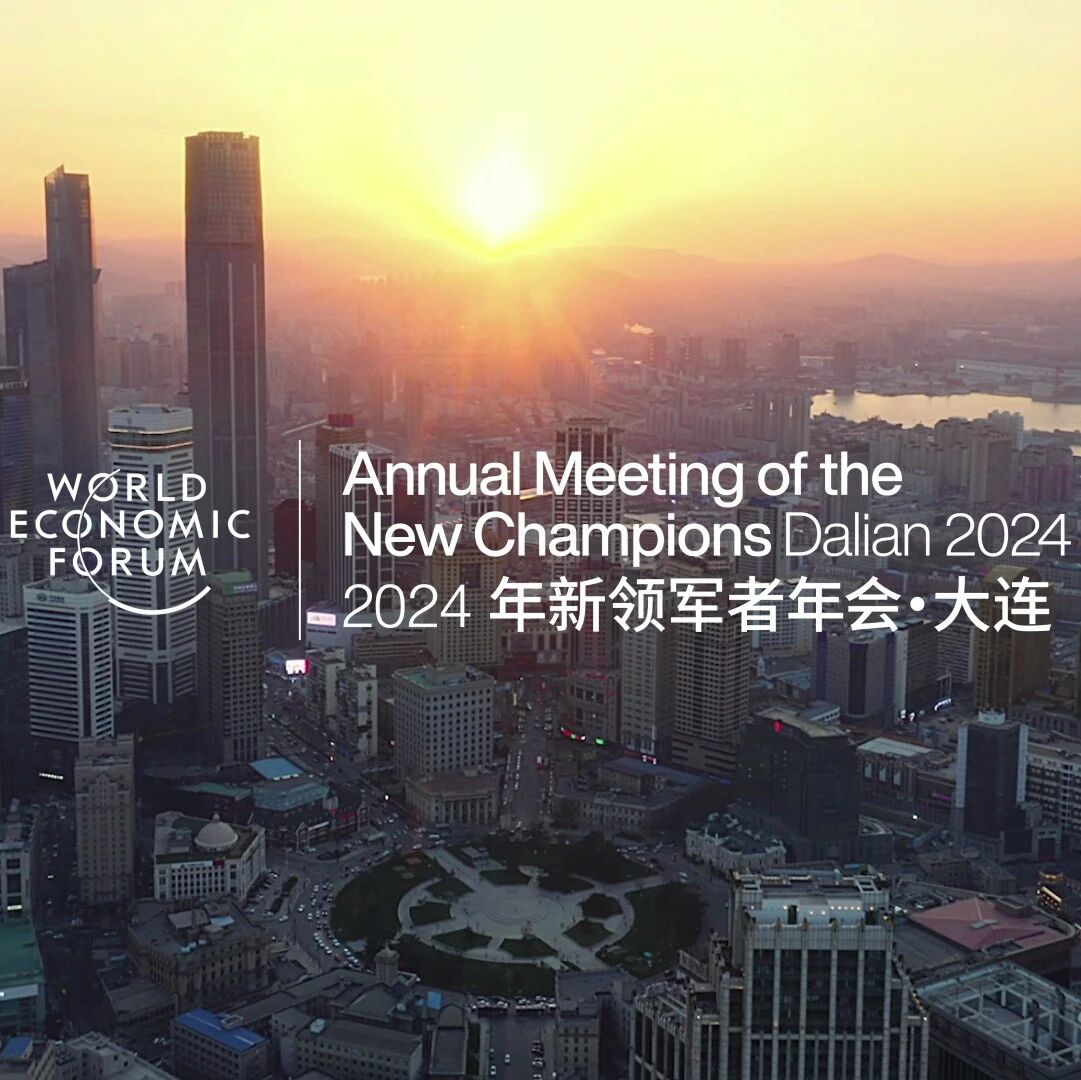As global economic fragmentation and rising protectionism intensify, global trade and investment are being affected by uncertainty.
Image source:Getty Images/skegbydave
Carolina Klint
Chief Commercial Officer, Europe, Marsh & McLennan Companies
Due to the rise of protectionism, increasing trade disputes, and growing tariffs and trade barriers, the global trade environment is becoming increasingly uncertain for businesses.
This environment has significantly impacted the physical supply chain, while also posing challenges to digital supply chains and the ability to manage cyber risks.
To survive and thrive, businesses can adopt five key measures to address global trade risks stemming from economic fragmentation and protectionism.
In 2025 and beyond, several pressing issues could reshape the global business landscape: the risk of global economic fragmentation, the impact of protectionism on both physical and digital supply chains, and the resulting challenges to organizations' ability to manage cyber risks.In an era of escalating economic tensions, businesses must recognize that fragmentation is not just a theoretical concern—it’s a pressing reality that demands immediate action.The rise of protectionism and the increasing frequency of trade disputes have led to a significant surge in tariffs and trade barriers worldwide. This trend is becoming even more pronounced as multiple countries strive to safeguard critical natural resources, foster technological innovation, and accelerate the energy transition.The Global Trade Alert (GTA) is dedicated to tracking policy changes that impact global trade and investment. According to the organization’s data, the number of newly emerging harmful intervention policies has surged from 600 in 2017 to over 3,000 annually in 2022, 2023, and 2024. In 2025, this figure is likely to remain at a similar level, potentially posing significant challenges to global economic growth.These intervention policies have made the trade environment more complex and uncertain, forcing businesses to quickly adapt to the ever-shifting market dynamics. In fact, according to the World Economic Forum’s latest Global Risks Report, geopolitical economic confrontations—such as sanctions, tariffs, and investment reviews—currently rank third among global risks, while they are projected to rise to ninth place over the next two years. The report is based on a global risk perception survey that gathered insights from more than 900 experts across academia, the business sector, governments, international organizations, and civil society, offering a comprehensive view of the evolving global risk landscape.Geoeconomic rivalry—including sanctions, tariffs, and investment screening—is one of the top 10 risks for 2025.
Image source: World Economic Forum
Geoeconomic Rivalry and Global TradeThe current environment has profoundly impacted an already fragile and strained supply chain.Last year, water shortages in the Panama Canal, severe floods across multiple countries, regional conflicts in the Middle East and Europe, and repeated port strikes all pushed global supply chains to the brink of collapse. In 2025 and beyond, prolonged periods ahead, new tariffs and trade restrictions could further disrupt supply chains, leading to rising costs, delayed deliveries, and increased contract breaches.If suppliers seriously delay delivering critical components, companies relying on a Just-in-Time (JIT) inventory system could face significant challenges. These businesses would then be forced to pay higher prices, driving up the cost of their final products. This situation could also disrupt many countries' efforts to curb inflation.Companies transitioning to Just-in-Case (JIC) inventory strategies may face similar challenges. In the context of foreseeable protectionist policies, while this approach may seem prudent, it will inevitably lead to higher economic costs and increased inflationary pressures.The current uncertainty in trade policies could also prompt businesses to adopt a "wait-and-see" approach, thereby stifling innovation and investment. According to the World Investment Report recently released by the United Nations Conference on Trade and Development, the fragmented trade and regulatory environment was one of the key factors behind the 10% decline in global foreign direct investment (FDI) in 2023.Challenges in the Digital WorldIn addition to the more pronounced impact on physical supply chains, businesses must also consider how geopolitical economic tensions could disrupt digital supply chains and challenge their ability to manage cyber risks. According to the "2025 Global Risks Report," risks such as misinformation and disinformation, cyber espionage and cyber warfare, and the negative consequences of AI technologies consistently rank among the top concerns across all time horizons. These risks clearly remain a top priority for global leaders, businesses, and societal stakeholders alike.As governments worldwide tighten regulations and impose restrictions on data flows, businesses will need to navigate a "labyrinth" of compliance requirements. This not only drives up operational costs but also complicates the process of leveraging digital technologies to enhance efficiency and foster innovation.Additionally, trade policies are increasingly emphasizing national security, which is making cybersecurity risks even more acute. As governments worldwide implement measures to safeguard their domestic industries, cyber espionage and attacks targeting foreign companies could escalate.Businesses must also heighten their vigilance to safeguard their digital assets, sensitive information, and operational activities in today’s fragmented economic landscape—especially as a growing number of malicious actors ramp up cyber threats by leveraging both established and emerging attack techniques. At the same time, companies need to be prepared to respond to unexpected cybersecurity incidents, such as global IT outages.Navigating Global Trade Risks in 2025 and BeyondTo address these complex challenges, businesses are advised to take the following five measures:1. Enhance Supply Chain VisibilityCompanies should invest in developing technologies that enhance real-time visibility across the supply chain. Leveraging cutting-edge AI tools and advanced equipment to optimize supply chain data, analysis, and insights will help businesses identify potential disruptions early on and make informed decisions, ultimately reducing risks.2. Promote diversification of supply sourcesCompanies should consider partnering with suppliers in multiple regions to reduce reliance on a single country or region. This will help minimize the impact of tariffs and trade restrictions, while also ensuring a steady supply chain.3. Investing in Cybersecurity and the Overall Network Risk StrategyAs cyber risks continue to rise, businesses should prioritize implementing robust security protocols, conducting regular risk assessments, training employees in data protection best practices, and enhancing their incident response capabilities. To maximize effectiveness, these efforts should be integrated into a comprehensive cybersecurity strategy that encompasses insurance, risk mitigation measures, and proactive response approaches.4. Conduct scenario planningCompanies should conduct scenario-planning exercises to assess the potential impact of various trade policy changes on their operational activities. This proactive approach will help businesses develop contingency plans and swiftly adapt to an ever-evolving environment.5. Advocate for signing trade agreementsFinally, businesses should collaborate with policymakers to help revive multilateral, regional, and bilateral trade agreements. Promoting a more collaborative approach to trade can help curb fragmentation and foster a more stable economic environment.The risks posed by economic fragmentation and protectionism are significant—but not insurmountable. By taking proactive measures to enhance supply-chain resilience, investing in cybersecurity, and fostering a more collaborative trade environment, businesses can navigate the growing complexity and divisions of the global landscape—and ultimately thrive despite these challenges.
The above content solely represents the author's personal views.This article is translated from the World Economic Forum's Agenda blog; the Chinese version is for reference purposes only.Feel free to share this in your WeChat Moments; please leave a comment at the end of the article or on our official account if you’d like to republish.
Translated by: Di Chenjing | Edited by: Wang Can
The World Economic Forum is an independent and neutral platform dedicated to bringing together diverse perspectives to discuss critical global, regional, and industry-specific issues.
Follow us on Weibo, WeChat Video Accounts, Douyin, and Xiaohongshu!
"World Economic Forum"
